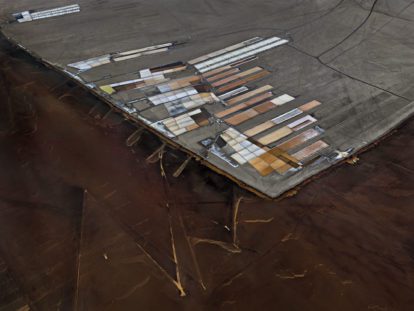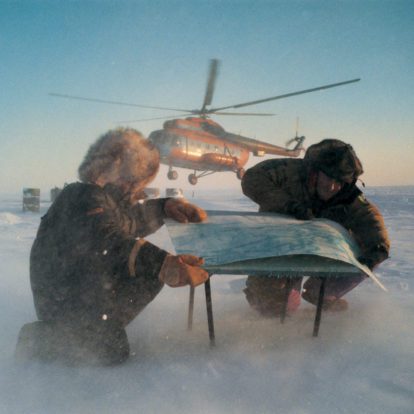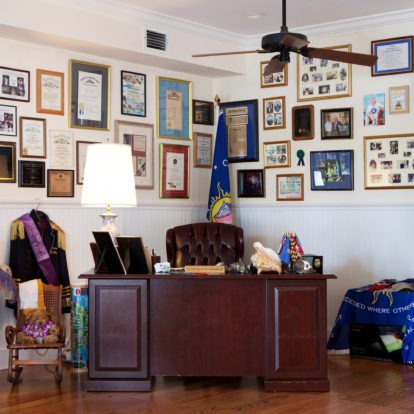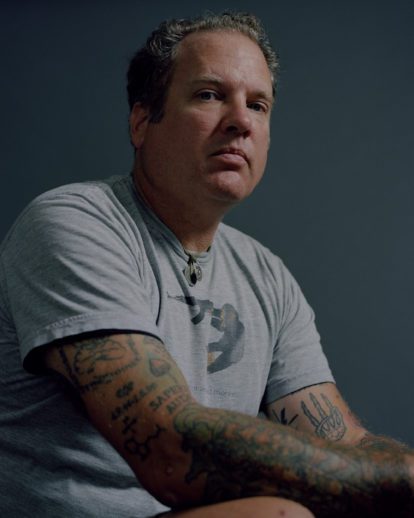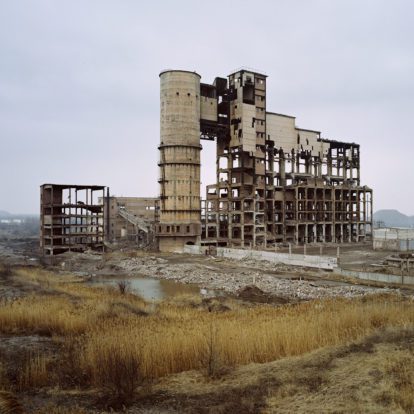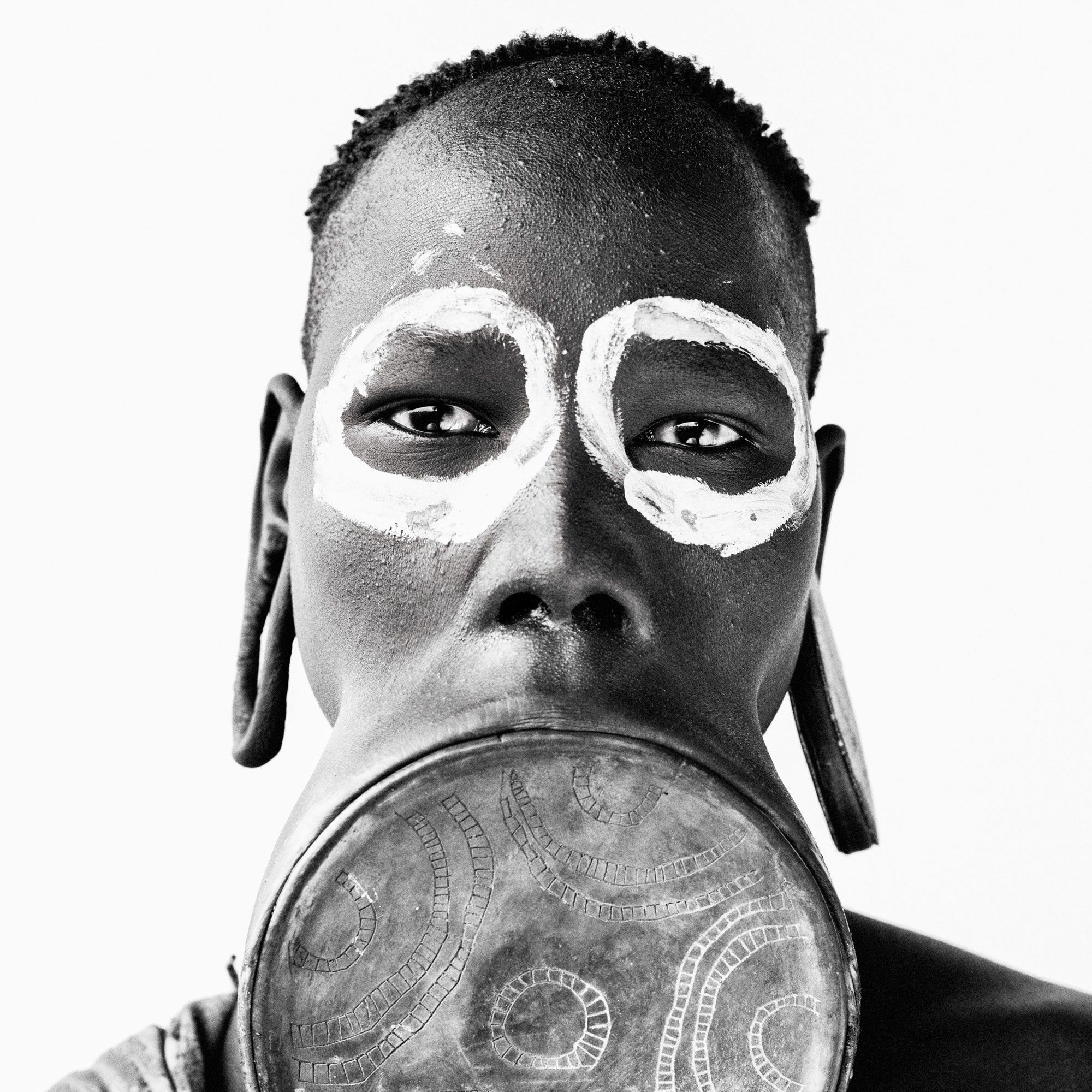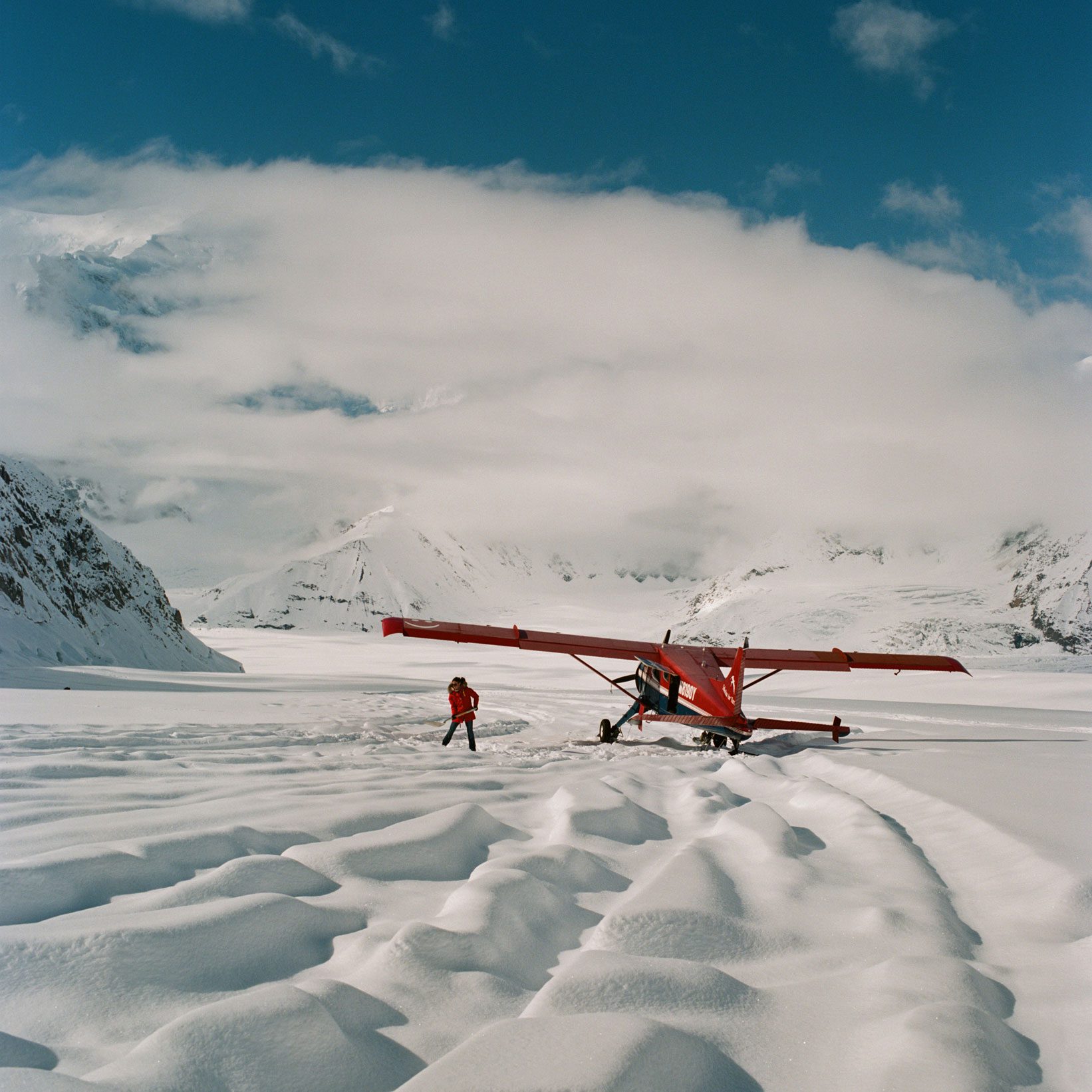The ‘men’s adventure magazines’ or ‘men’s pulp mags’ of the 1950s, 60s and 70s – ‘sweat magazines’ as they are sometimes affectionately known nowadays, though at the time of their publication this nickname was mainly used pejoratively – are a gloriously lurid peek into both the American psyche of their era and a highly subversive, anarchic chapter in the history of publishing.
As Wyatt Doyle says in his foreword to Weasels Ripped My Flesh!, an anthology of collected magazine stories: “Nothing opens up the nooks and crannies of the American consciousness like pop culture detritus.”
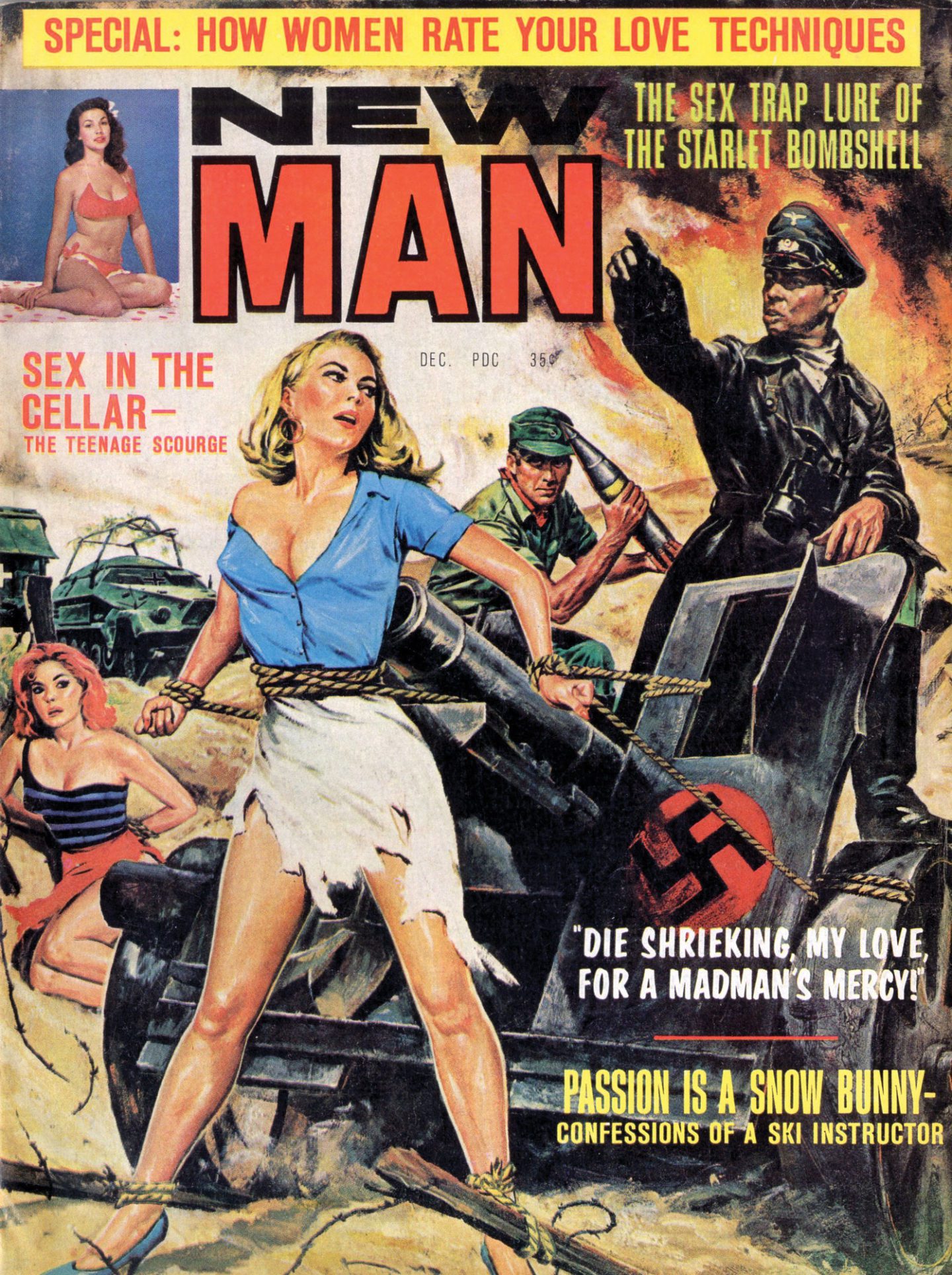
New Man, December 1965. Cover painting by Norm Eastman.
Primarily marketed to grab the attention of the returning GI after the Second World War, they continued to do so after the end of the Korean conflict in 1953 and the Vietnam War of 1964-75, though with an ever-diminishing degree of popularity. They were for blue collar, battle-hardened men who grew up reading adventure comics and pulp fiction magazines.
At one point there were over 160 such titles, some with print runs in the hundreds of thousands; others had a shelf life of less than a few issues. Cheap to produce and consume, they were representative of the post-war economic climate, and became a staple of the American newsstand for decades.
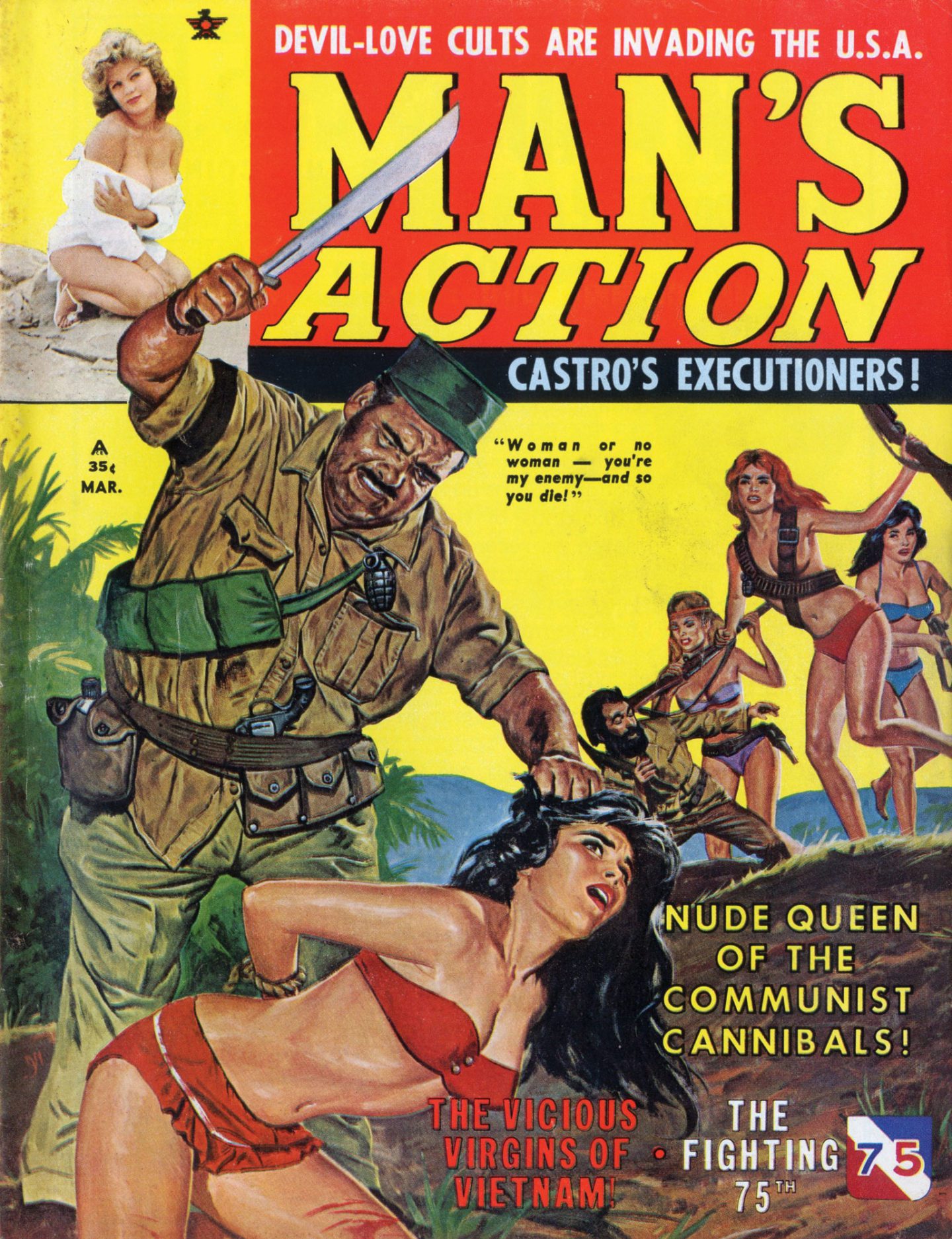
Man's Action, March 1962. Cover painting by Norm Eastman.
It’s hard to know where to place them in the context of modern sensibilities of taste and decency – curiously they seem both shocking and quaint by today’s standards. With names like Man’s Conquest, Fury, Battle Cry, All Man and Man’s Life, the fantastically garish cover art depicted numerous iterations of sadistic Nazis, Commies, buxom dames in ripped dresses, vicious animals or savage natives in various states of salacious threat or menace; very often there is a sadomasochistic element in their depiction. The cover teasers for the stories inside further reiterated the fantastical: “I Discovered Hitler’s Super Secret Sin Girl Castle”, “Nude Nurses for the Beasts of Bushido”, “I Fought the Manhunters of ‘Yellow Skull Desert’”, as well as articles on prostitution, drug abuse, sex advice – anything that caught the eye. In some respects they were not dissimilar to the ways in which modern websites attract page views, or how the British tabloid press have long gone about their business.

Adventures for Men, May 1959. Cover painting by Stan Borack.
It might, however, be reductive to suggest that these magazines served only for purposes of titillation. As Bob Deis, editor of the aforementioned anthology, and also a major collector of the magazines, told me: “If you take the time to read a large number of vintage men’s adventure magazines, as I have, you come to realise that they are actually an amazing, and quite varied, visual and written treasure trove of entertainment and cultural history,” he explained. “That not only includes a lot of masterful illustration, but also gritty, sometimes great fiction. They featured a huge amount of fascinating news-related articles and exposés that shed a different light on mid-20th century American men, women and society that you can’t glean from mainstream magazines of the era, or from most history books.”
